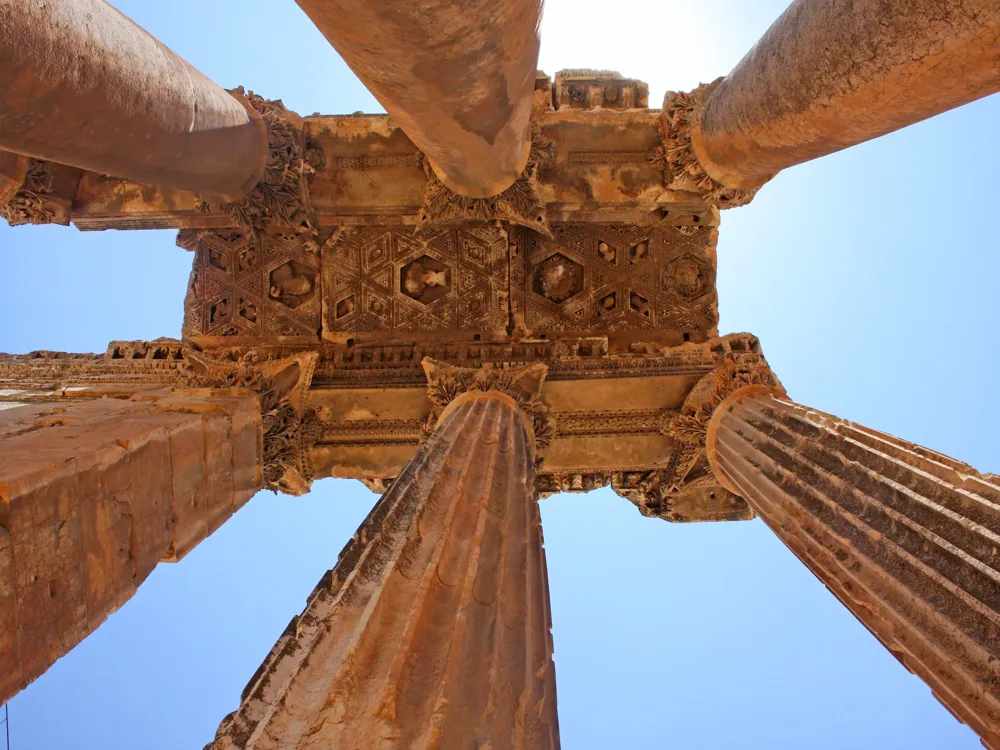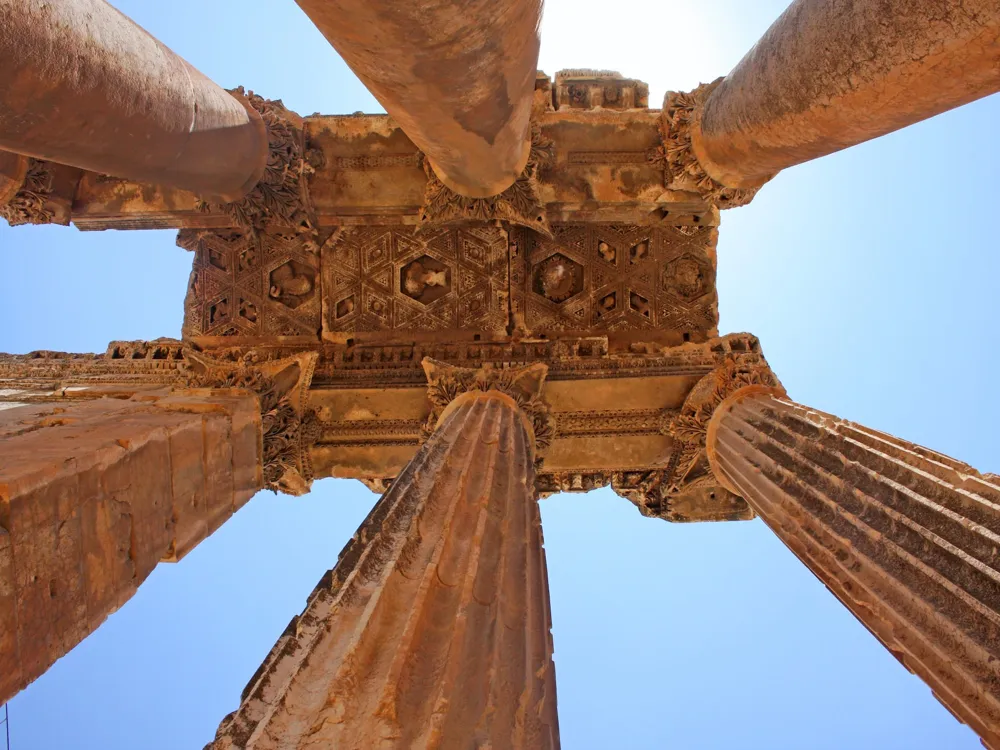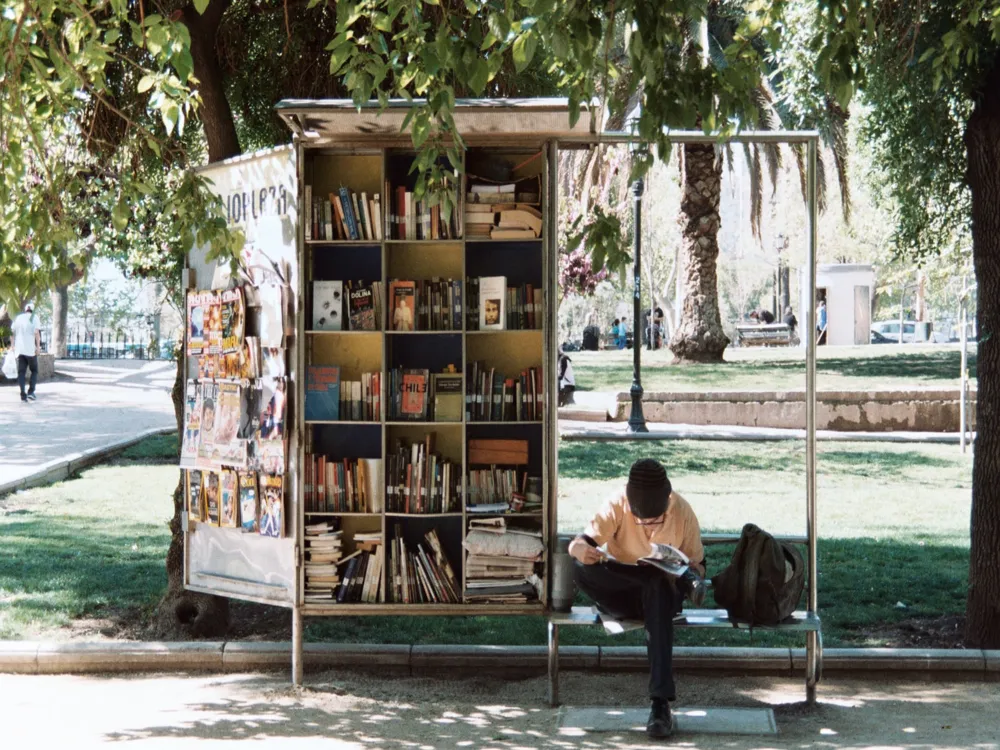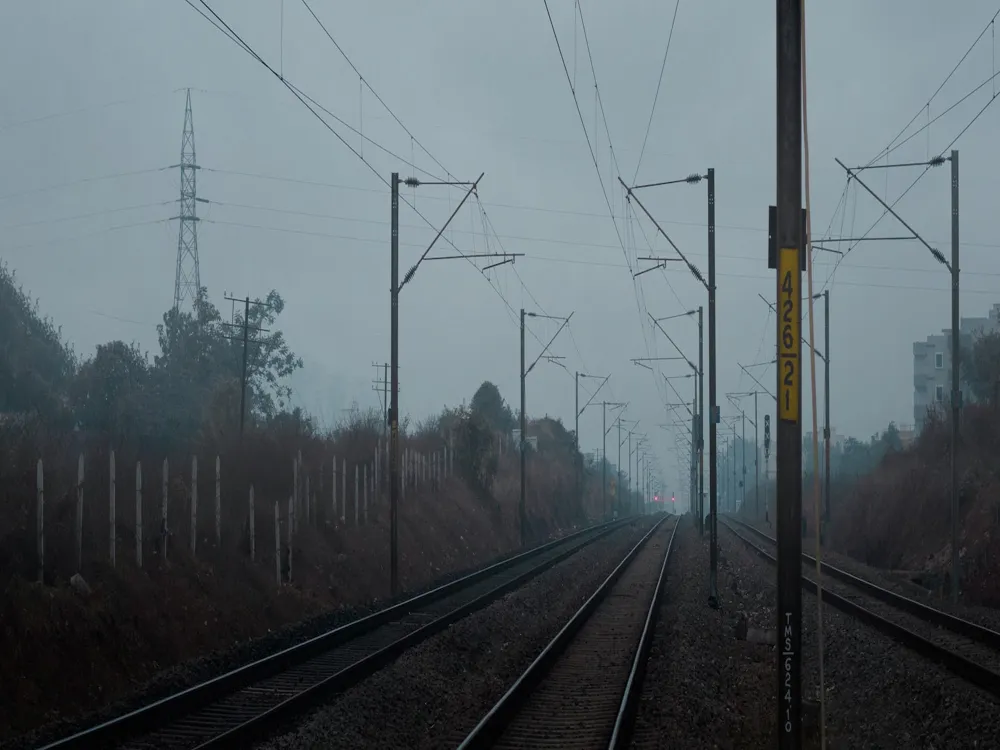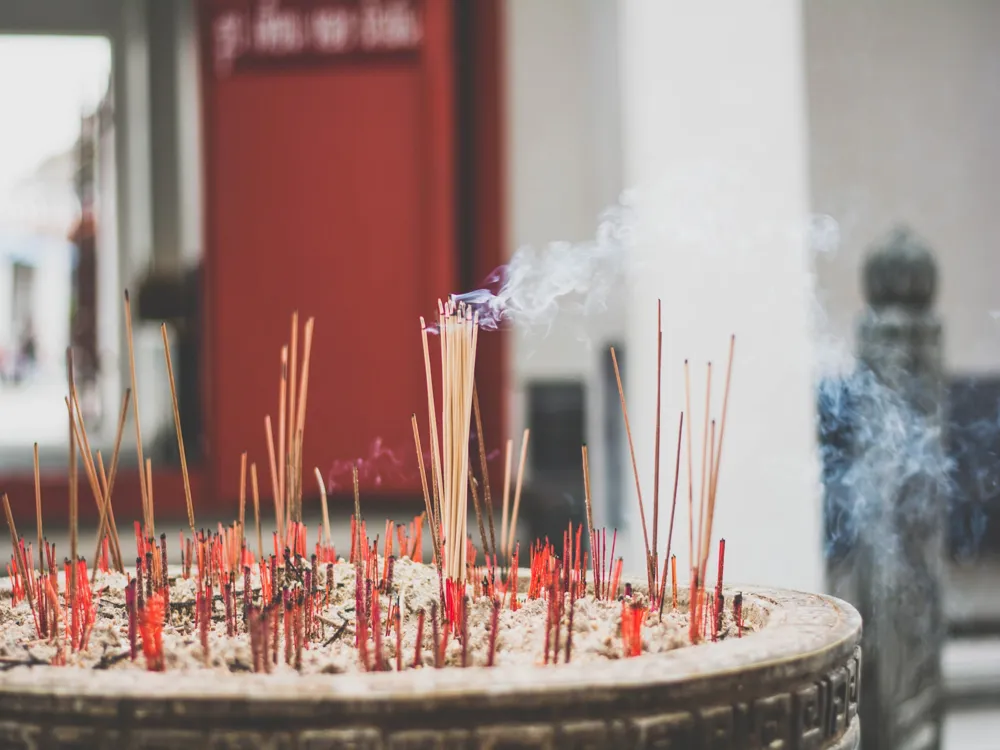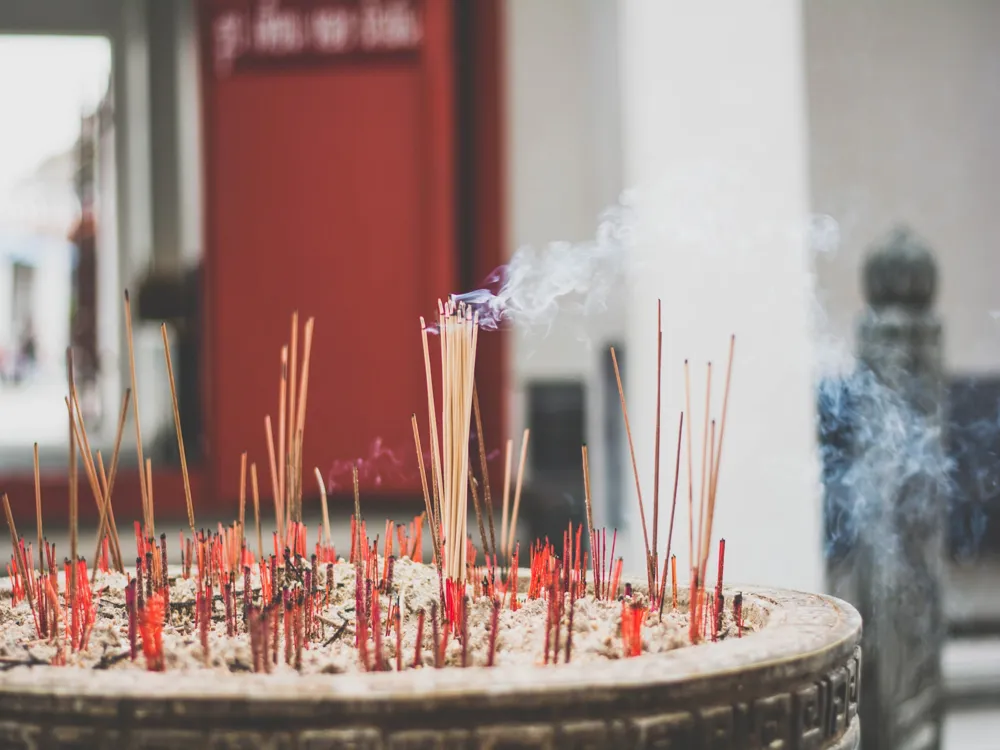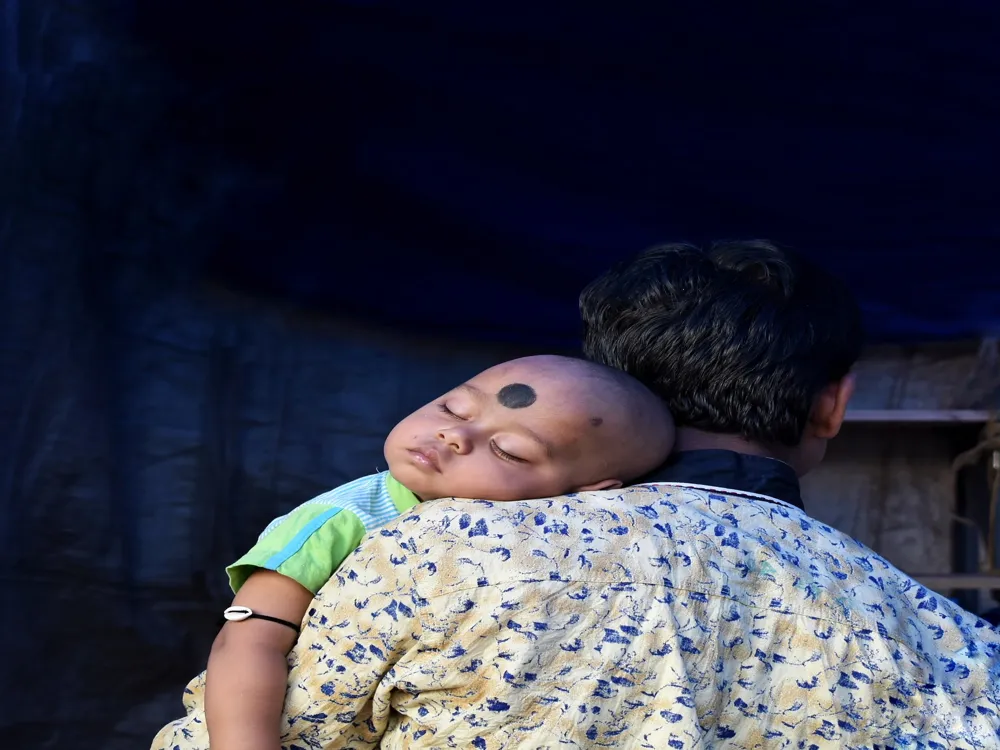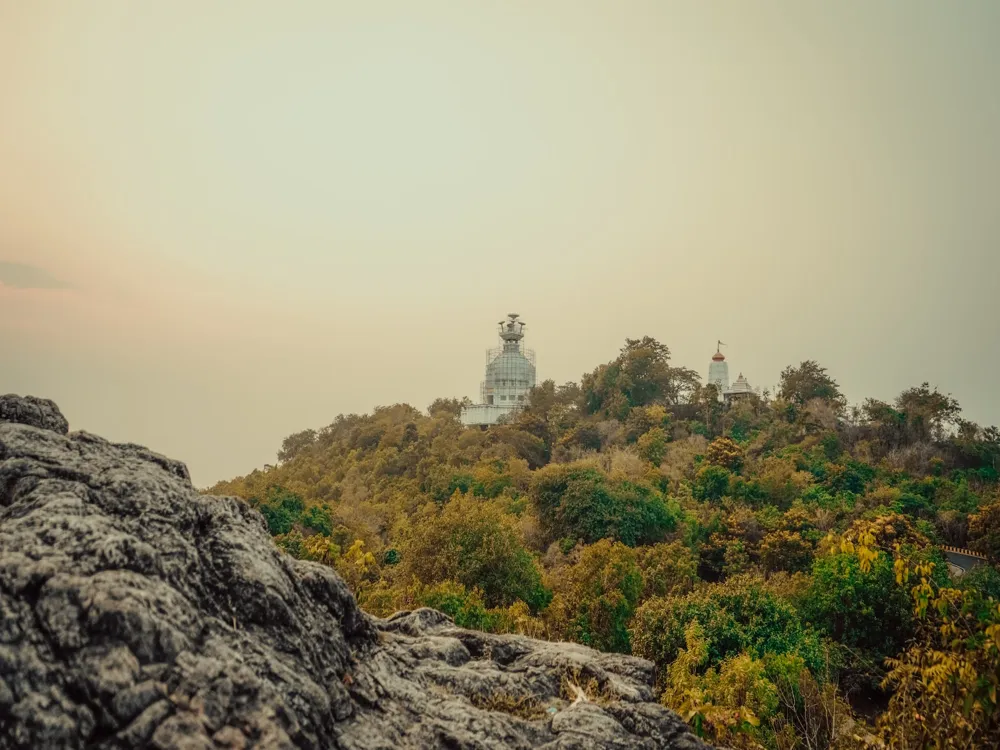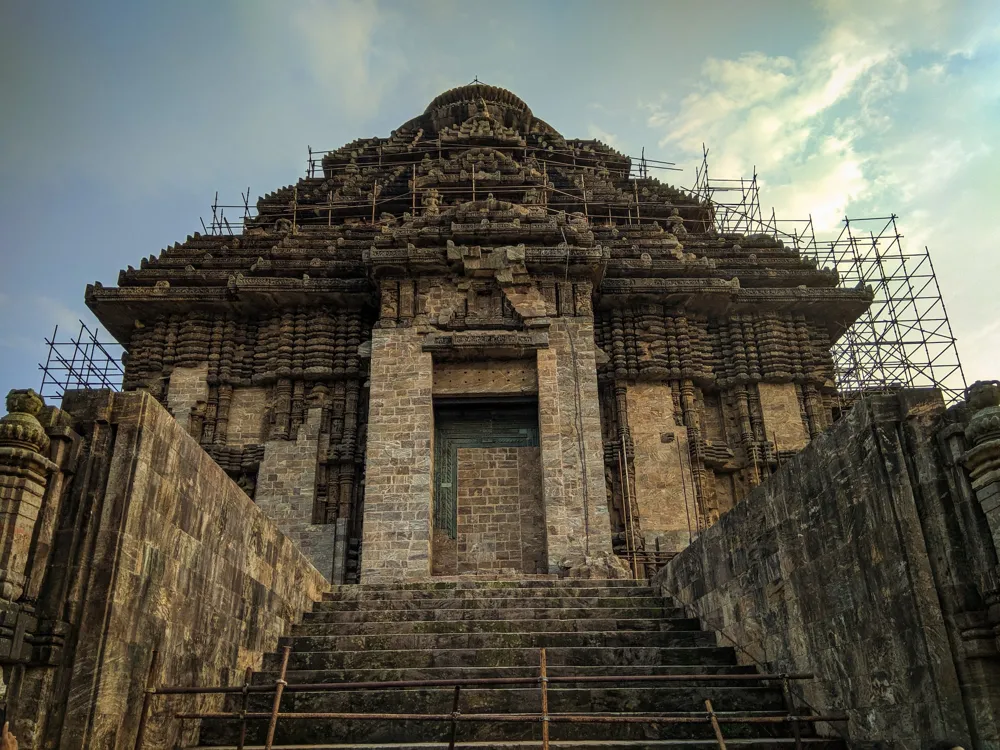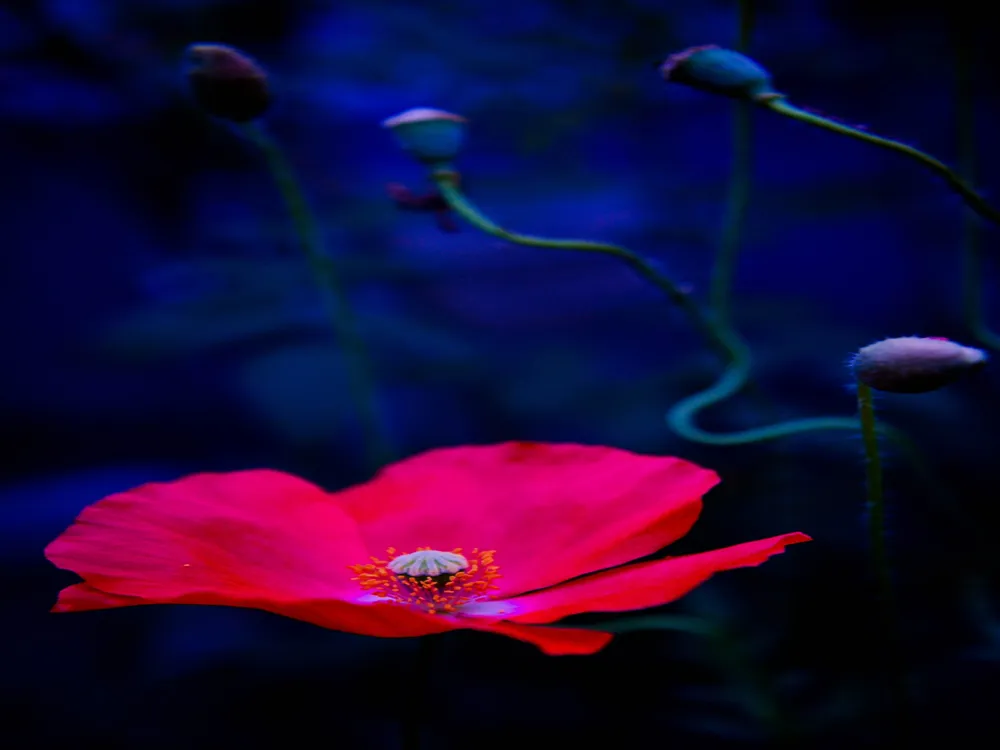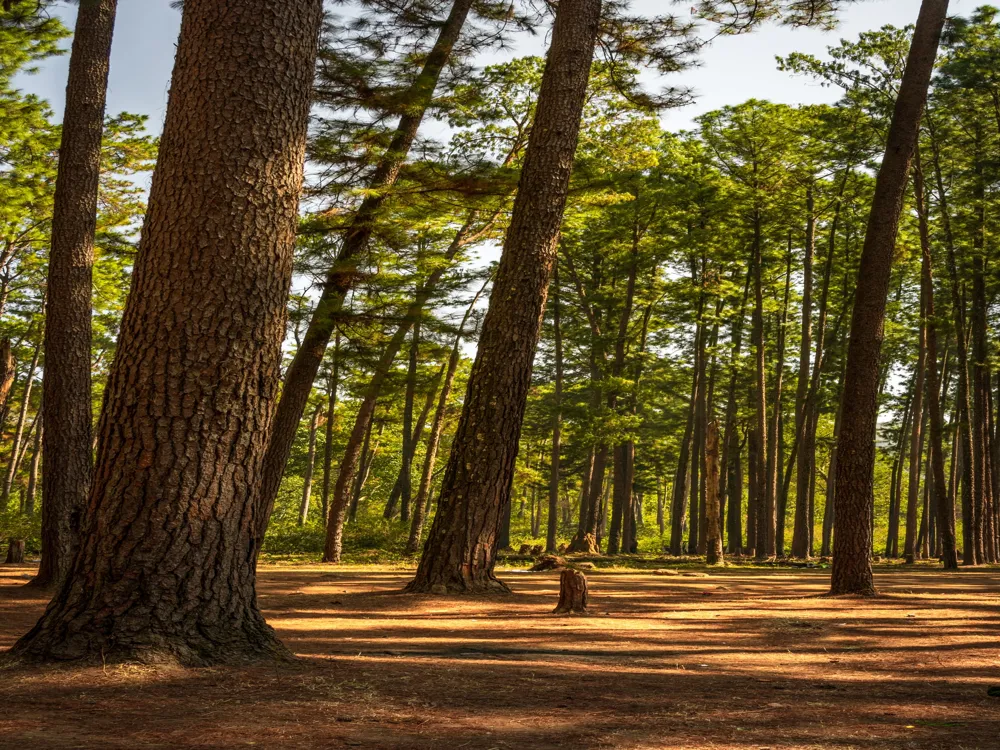The Vaital Deul Temple, located in the heart of Bhubaneswar, Odisha, stands as a resplendent emblem of ancient Indian architecture and cultural heritage. This temple, dating back to the 8th century CE, is a testament to the architectural ingenuity of the Kalinga era. Renowned for its unique beehive-shaped tower and intricate carvings, the temple is dedicated to the goddess Chamunda, an incarnation of Durga. The Vaital Deul Temple's historical significance is not only limited to its religious aspects but also extends to its architectural and cultural contributions to Indian heritage. The temple's architecture is a fascinating amalgamation of both Dravidian and Odishan styles, a rarity in the region's predominantly Odishan style temples. This hybrid architecture is evident in its strikingly distinct Shikhara, resembling a stepped pyramid, a feature more commonly seen in South Indian temples. The temple's outer walls are adorned with a plethora of reliefs and sculptures, depicting various deities, dancers, and scenes from Hindu mythology, offering an insight into the artistic sensibilities of the era. The interior of Vaital Deul Temple is equally captivating. The sanctum sanctorum, enshrining the deity, is designed to evoke a sense of divine presence and spiritual aura. The temple walls, embellished with intricate carvings and sculptures, narrate stories from ancient scriptures, bringing to life the legends and folklore of Hinduism. The temple's strategic location in Bhubaneswar, also known as the 'Temple City of India,' adds to its allure, making it an essential stop for anyone interested in exploring the rich tapestry of Indian culture and history. Beyond its architectural and religious significance, Vaital Deul Temple serves as a vibrant center for cultural activities and festivals. These events not only attract devotees and tourists from across the globe but also play a crucial role in preserving and propagating the rich cultural traditions of Odisha. The temple's legacy as a center of cultural and spiritual significance continues to live on, drawing in visitors who seek to immerse themselves in its timeless beauty and historical grandeur. The architecture of Vaital Deul Temple is a stellar example of the Kalinga architectural style, distinguished by its intricate craftsmanship and unique design elements. The temple's beehive-shaped Shikhara, or tower, is its most distinctive feature, setting it apart from other temples in the region. This Shikhara is not just a visual marvel but also an engineering feat, showcasing the advanced architectural skills of the era. The temple's base is equally impressive, featuring a series of sculpted panels that depict various mythological scenes. These panels are not mere decorations but are symbolic representations of religious and cultural narratives, providing insights into the societal norms and beliefs of the time. The sculptures on the temple walls are masterpieces of art, capturing the essence of human expressions and emotions in stone. The temple's interior is a harmonious blend of spirituality and art. The sanctum sanctorum, housing the deity, is designed to channel divine energy, creating an atmosphere of reverence and devotion. The temple's layout follows a precise geometric plan, aligning with the cardinal directions and celestial bodies, indicative of the advanced astronomical knowledge of the ancient architects. The fusion of Dravidian and Odishan architectural elements in the temple's design is a highlight, showcasing the cultural exchange and synthesis between different regions of India. This blend of styles not only enhances the temple's aesthetic appeal but also signifies the inclusive nature of Indian culture, where diverse artistic and architectural traditions coalesce to create something uniquely beautiful. Visitors should dress modestly, covering shoulders and knees, as a sign of respect for the temple's religious significance. While photography may be allowed in certain areas, it's important to adhere to temple rules and avoid taking pictures in prohibited zones. Visitors should familiarize themselves with local customs and traditions to ensure respectful behavior within the temple premises. It's advisable to check the temple's opening hours before planning a visit, as they may vary on special occasions and festivals. Vaital Deul Temple is conveniently located in Bhubaneswar and is easily accessible by various modes of transport. The nearest airport is Biju Patnaik International Airport, which is well-connected to major cities across India. From the airport, visitors can hire a taxi or take a bus to reach the temple. For those traveling by train, Bhubaneswar Railway Station is the nearest railhead, located just a few kilometers from the temple. Local transportation options like auto-rickshaws and city buses are readily available for commuting within the city to reach the temple. Read More:Overview of Vaital Deul Temple of Bhubaneswar, Odisha
Architecture of Vaital Deul Temple
Tips When Visiting Vaital Deul Temple
Dress Appropriately
Photography Guidelines
Be Mindful of Cultural Norms
Check Temple Timings
How To Reach Vaital Deul Temple
Vaital Deul Temple
Bhubaneswar
Odisha
NaN onwards
View bhubaneswar Packages
Bhubaneswar Travel Packages
View All Packages For Bhubaneswar
Top Hotel Collections for Bhubaneswar

Private Pool

Luxury Hotels

5-Star Hotels

Pet Friendly
Top Hotels Near Bhubaneswar
Other Top Ranking Places In Bhubaneswar
View All Places To Visit In bhubaneswar
View bhubaneswar Packages
Bhubaneswar Travel Packages
View All Packages For Bhubaneswar
Top Hotel Collections for Bhubaneswar

Private Pool

Luxury Hotels

5-Star Hotels

Pet Friendly







